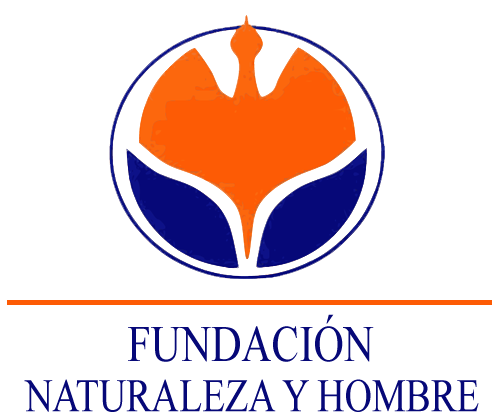MOUNT OF SOMO
This reserve is managed as a result of an agreement between the Somo Neighbourhood Council and the Fundación Naturaleza y Hombre.
It is located in the arrow formed by the sand deposits in the Bay of Santander and Puntal de Somo complex. Specifically, it is located in the northeast of the municipality of Ribamontán al Mar, between the towns of Somo and Loredo.
This mountain, repopulated with pine trees and eucalyptus, and spontaneously by oaks and bay trees, is situated on the forested tertiary dune. These dunes, found inland from the coast, lie on sandy soils with a greater contribution of organic matter, as opposed to the secondary and primary dunes, allowing the development of tree and bush plant species that are unable to grow on the primary and secondary dunes. In addition, they do not suffer the influence of the wind, which decreases the salinity of the soil, and they are warmer because they are sheltered by the main dunes. All these factors mean that these fixed dunes have more variety and abundance of species. For this reason, in the area closest to the beach you can observe psamophilous species, sand lovers, and as you go into the mountains, the vegetation varies towards one more typical of mature forest, with the presence of holm oaks, oaks, holly trees, strawberry trees, hawthorns or bay trees.
However, the site is not free from the invasion of the pampa grass, which represents an added difficulty to the normal development of the native species. The eradication of this invasive vegetation is one of the main management strategies and the main reason why work is being done in the area. The most common fauna is that of coastal areas, specifically the most common birds are gulls, cormorants, etc. It is not difficult to observe other more generalist species such as magpies or sparrows, and even nocturnal birds such as the owl. Small mammals, amphibians and reptiles are less common in this reserve.
In order to improve the state of conservation of the dune area and the mature forest, an environmental restoration project is being carried out, financed by the Ministry of the Environment, which consists of eliminating invasive flora, reducing the capacity for regeneration of the eucalyptus tree, and enhancing the growth and distribution of the native tree, with special attention to the holm oak, strawberry tree, bay tree and flax-leaved daphne (Daphne gnidium).
Collaborators:
- Somo’s Neighborhood Council.
- Ministry of the Environment, Rural and Marine Affairs Cantabria Coastal Region.
- Department of the Environment of the Government of Cantabria.
OFICINAS CENTRALES FNYH
Dirección: Av. De España Nº 25 Entlo, 39610 El Astillero Cantabria
Tlf: 942 55 91 19 / 679181483
fundacion@fnyh.org
DELEGACIÓN PARA PORTUGAL
Dirección: Rua do Conde de Redondo 8-5º dt 1150-115 Lisboa Tlf: (++351) 919 784 981 crc@erena.pt
CASA DE LA NATURALEZA-MARISMAS DE ALDAY
Dirección: C/ Alday (junto al parking de Valle Real), Maliaño, Cantabria
Tlf: 679 181 472
educacionambiental@fnyh.org
DELEGACIÓN PARA SUDAMÉRICA
Iguazú iguazuconservation@fnyh.org
ECOMUSEO-FLUVIARIUM DE LIÉRGANES
Dirección: C/ Camino Real, 9, 39722 Liérganes, Cantabria
Tlf: 942 52 81 96
fluviarium@fnyh.org
DELEGACIÓN PARA ÁFRICA
Tanzania fundacion@fnyh.org
VIVERO Y CENTRO ETNOBOTÁNICO EL PENDO
Dirección: 39609 Camargo, Cantabria
Tlf: 942 25 88 08
vivero@fnyh.org

ESTACIÓN BIOLÓGICA CAMPANARIOS DE AZABA
Dirección: Camino de La Alamedila, SN 37497 Espeja, Salamanca
Tlf: 923481401
campanarios@fnyh.org
